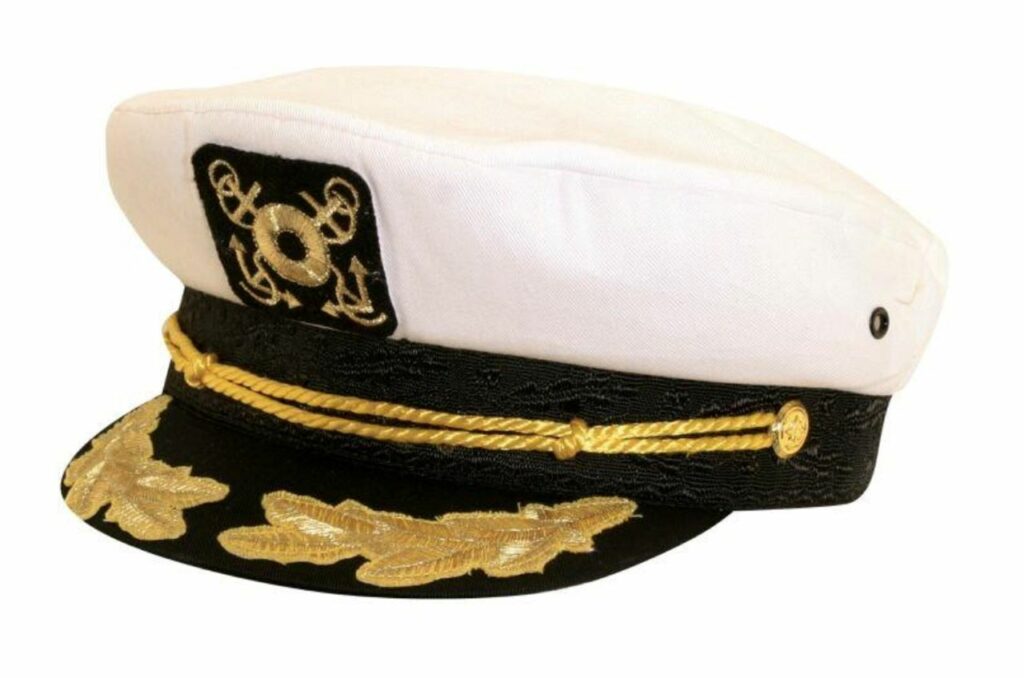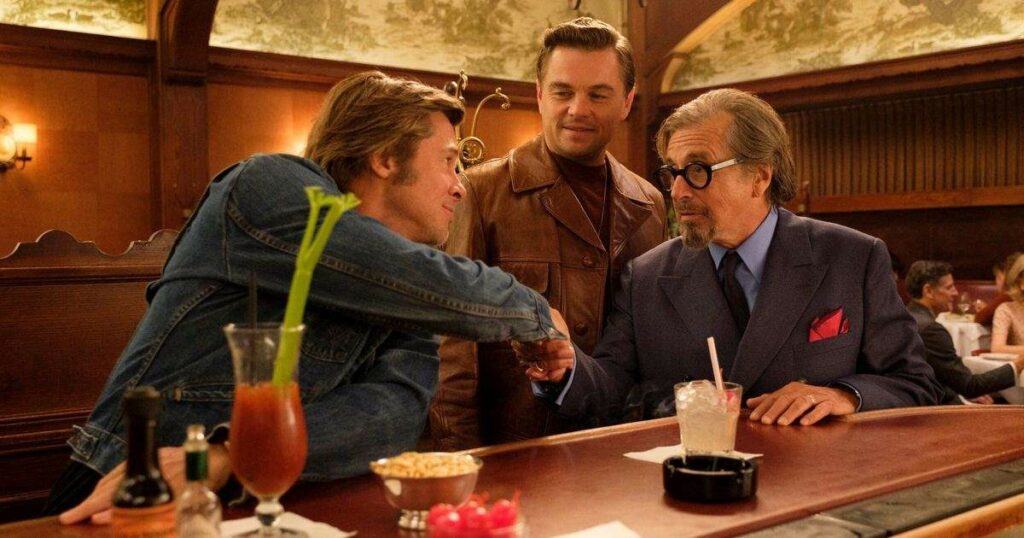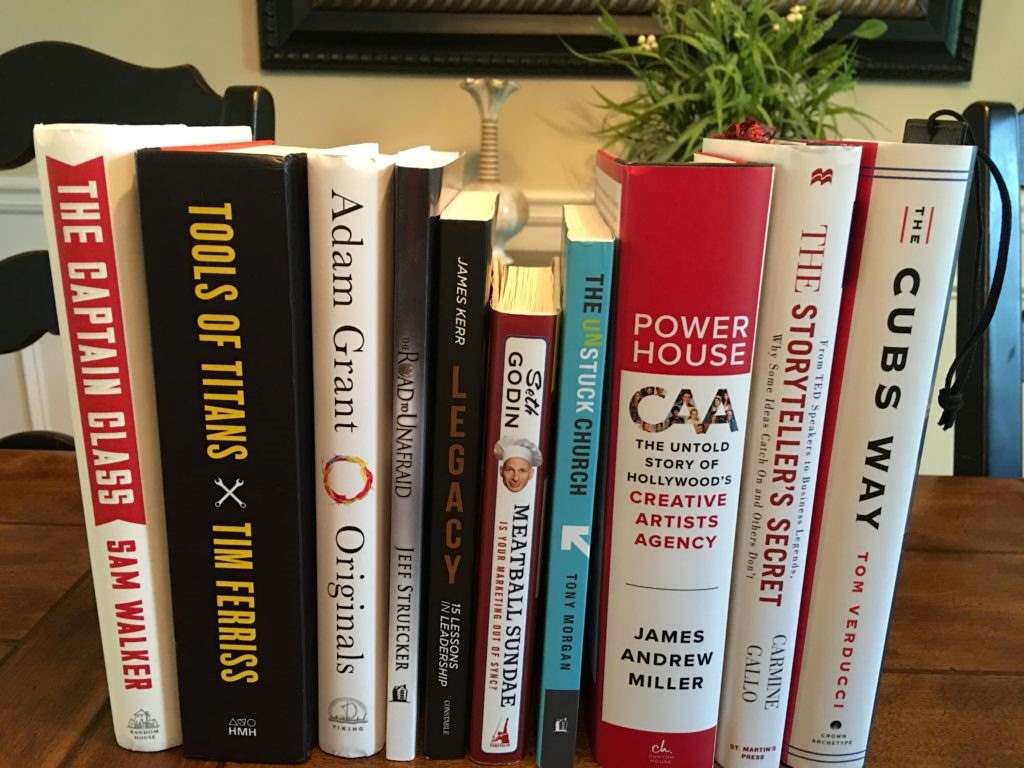“Aye Aye, Captain” echoes maritime tradition, symbolizing clear acknowledgment and readiness to follow commands, both at sea and in everyday language. This timeless phrase transcends nautical origins, embodying respect, unity, and playful agreement across the ages.
Setting Sail with “Aye Aye, Captain” – The Friendly Guide to its Meaning:
Ahoy there! If you’ve ever found yourself intrigued by the salty language of the sea, you might have come across the iconic phrase “Aye Aye, Captain.” But what’s the scoop behind this nautical saying, and why does it continue to echo through the ages?
Let’s embark on a friendly journey to uncover the meaning and charm of this maritime expression.
Ahoy, Captain! A Nod to Nautical Tradition:

Picture this: a sturdy ship cutting through the waves, a captain at the helm, and a crew ready to tackle the high seas. In this seafaring scene, “Aye Aye, Captain” isn’t just a catchy phrase; it’s a tradition deeply rooted in maritime history.
Sailors adopted it as a snappy and clear way to say, “I hear you, and I’m ready to follow your command!”
Smooth Sailing – Clarity in Communication:
Out on the open ocean, where the wind and waves have the final say, clear communication is non-negotiable. “Aye Aye, Captain” isn’t just a mouthful of maritime jargon; it’s a concise way for sailors to say, “Loud and clear, Captain!”
This straightforward affirmation ensures everyone’s on the same page, especially when split-second decisions matter most.
Read More: The Vampire Diaries Season 5 – Discover Complete Overview!
Respect on the High Seas – A Salute to Authority:
Beyond its practical use, saying “Aye Aye, Captain” is like giving a nod to the skipper. In the world of waves and salt spray, the captain is the top dog, the big cheese, the one steering the ship.
Uttering these words is a respectful way for the crew to acknowledge the captain’s authority, keeping the shipshape and the voyage smooth.
A Hollywood Cameo – From Sea to Screen:

Now, here’s where it gets interesting. “Aye Aye, Captain” isn’t just confined to the creaking decks of wooden ships. Thanks to its catchy rhythm, this phrase has made quite a splash in Hollywood and beyond.
You’ve probably heard it in movies, TV shows, and maybe even tossed around in casual conversations. It’s a bit like a sea shanty that’s made its way into our everyday lingo.
Read More: 18 Year Old Tianas Sweet Fresh Cookies – You Should Know!
Everyday Seaspeak – Playful Phrasing on Dry Land:
Speaking of everyday lingo, guess what? “Aye Aye, Captain” isn’t just for sailors. In your everyday landlubber conversations, you can toss it in for a playful touch.
It’s like sprinkling a bit of maritime magic into your language, a nifty way to express agreement or a cheeky nod to a friend’s command.
Captain, My Captain – Leadership and Unity:

Beyond all the nautical hoopla, “Aye Aye, Captain” symbolizes more than just acknowledging a command. It’s a salute to leadership and unity.
The captain guides the ship, and the crew’s “Aye Aye” is a way of saying, “We’re with you, Captain!” It’s a symbol of teamwork, reminding us that whether on land or sea, working together makes the journey smoother.
All Aboard the Time-Traveling Ship:
Even though “Aye Aye, Captain” has been echoing through ship decks for centuries, it’s not stuck in the past.
This friendly phrase has weathered the storms of time and remains as recognizable today as it was when pirates roamed the seas (well, almost). Whether you’re on a modern cruise or just chatting with mates, this phrase is still as seaworthy as ever.
Read More: Dinosaur With 500 Teeth – Journey Through Predators!
FAQs
1. What is the origin of the phrase “be there or be square”?
The expression emerged during the counterculture movement of the 1950s and 1960s, originating from the jazz and dance scenes, encouraging participation in vibrant social events.
2. How has the meaning of “be there or be square” evolved in modern times?
In contemporary usage, it has transformed into a light-hearted invitation, playfully nudging individuals to join events and be part of the cultural conversation.
3. What cultural impact does the phrase have?
Beyond its literal meaning, it has become an iconic line in popular culture, used in movies, TV shows, and advertisements to infuse humor and camaraderie.
4. Does “be there or be square” promote inclusivity?
Yes, the phrase symbolizes inclusivity, encouraging people to step outside their comfort zones, break barriers, and embrace shared experiences.
5. How versatile is the expression in different contexts?
Extremely versatile; it can be used for inviting friends, urging participation, or injecting humor into conversations, making it suitable for various occasions.
Conclusion
In essence, “Aye Aye, Captain” symbolizes a timeless bond between sailors and their leader, transcending maritime traditions to become a playful touch in everyday language—a nod to agreement, respect, and unity on the high seas and beyond.
Read More:






+ There are no comments
Add yours